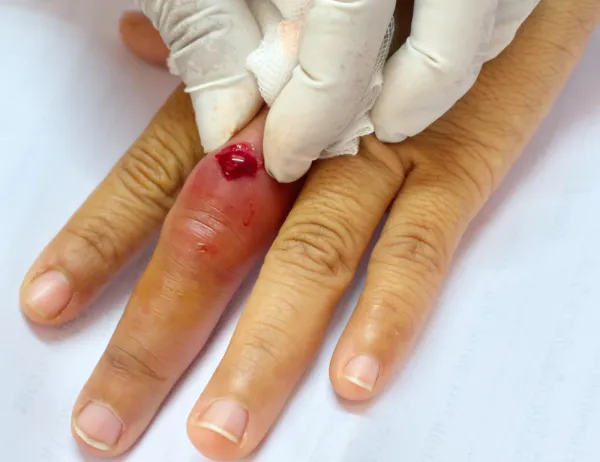Orthopedic Coding Alert
Surgery:
Stay on Your Toes with this Achilles Repair Coding Advice
Published on Tue May 08, 2018

You’ve reached your limit of free articles. Already a subscriber? Log in.
Not a subscriber? Subscribe today to continue reading this article. Plus, you’ll get:
- Simple explanations of current healthcare regulations and payer programs
- Real-world reporting scenarios solved by our expert coders
- Industry news, such as MAC and RAC activities, the OIG Work Plan, and CERT reports
- Instant access to every article ever published in Revenue Cycle Insider
- 6 annual AAPC-approved CEUs
- The latest updates for CPT®, ICD-10-CM, HCPCS Level II, NCCI edits, modifiers, compliance, technology, practice management, and more
Related Articles
Other Articles in this issue of
Orthopedic Coding Alert
- Surgery:
Stay on Your Toes with this Achilles Repair Coding Advice
Here's why a graft is a major detail in any Achilles op report. When a [...] - FAQ:
Keep Compliance Concerns at Bay with Incident-to Smarts
Medicare benefit can maximize your payouts. Orthopedic practices that provide services incident-to the physician for [...] - ICD-10:
Fill in Whole Dx Picture with Chapter 20 Codes
Reporting external causes pinpoints condition, can improve patient outcomes. While it's true that you don't [...] - You Be the Coder:
Master Subluxation Subtleties for Optimal Dx Coding
Question: Our provider had her first office visit with a patient who has a recurrent [...] - Reader Question:
Guidance Type Matters on Arthrocentesis Claims
Question: Our orthopedist performed an arthrocentesis injection on a patient's left ring finger proximal interphalangeal [...] - Reader Question:
Save Room for 7th Character on Crush Injuries
Question: The orthopedist performed a level-three evaluation and management (E/M) service for an established patient [...] - Reader Question:
UHC Now Demands this Modifier for Some NPP Claims
Question: We've been having some problems with payment for our nonphysician practitioners (NPPs); it seems [...] - Reader Question:
New CMS Program Aims to Simplify EHR Regs
Question: What do I need to know about the MyHealthEData initiative recently announced by the [...]
View All




